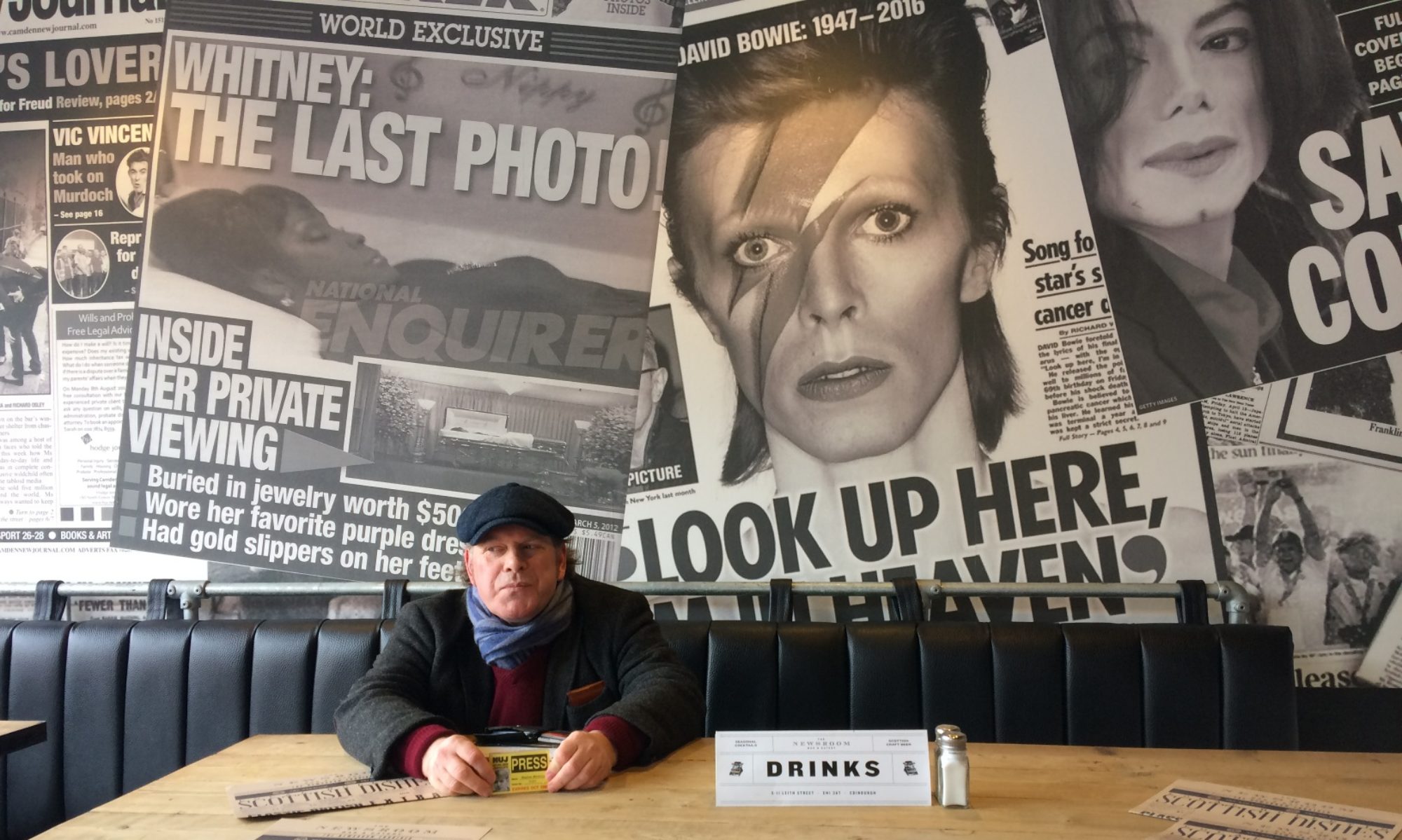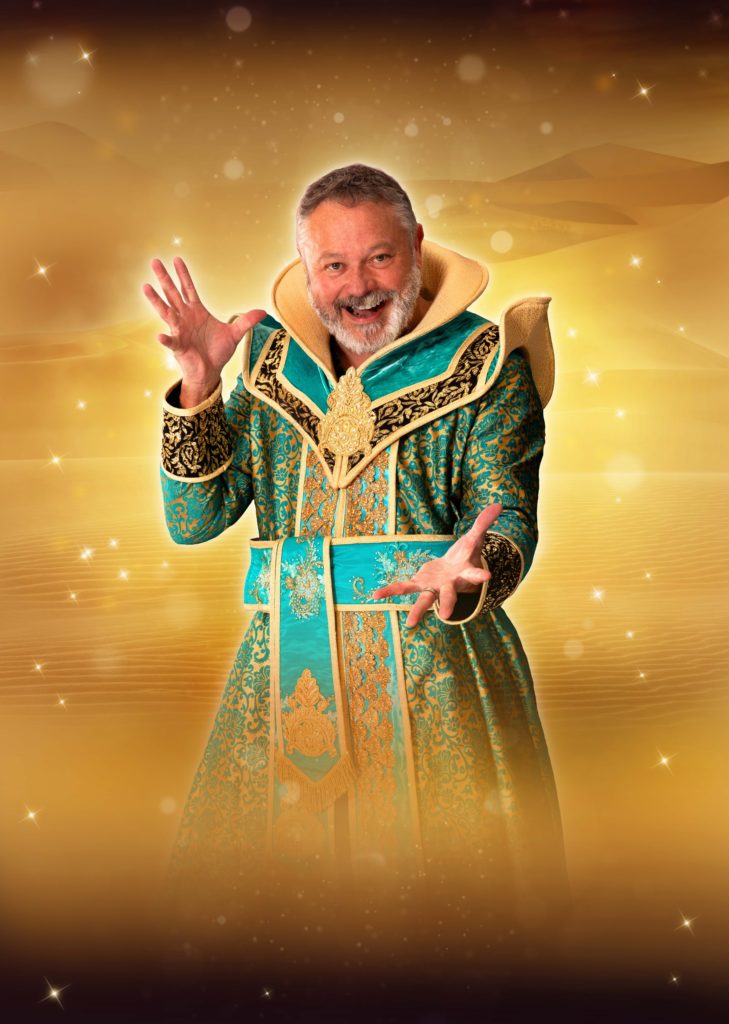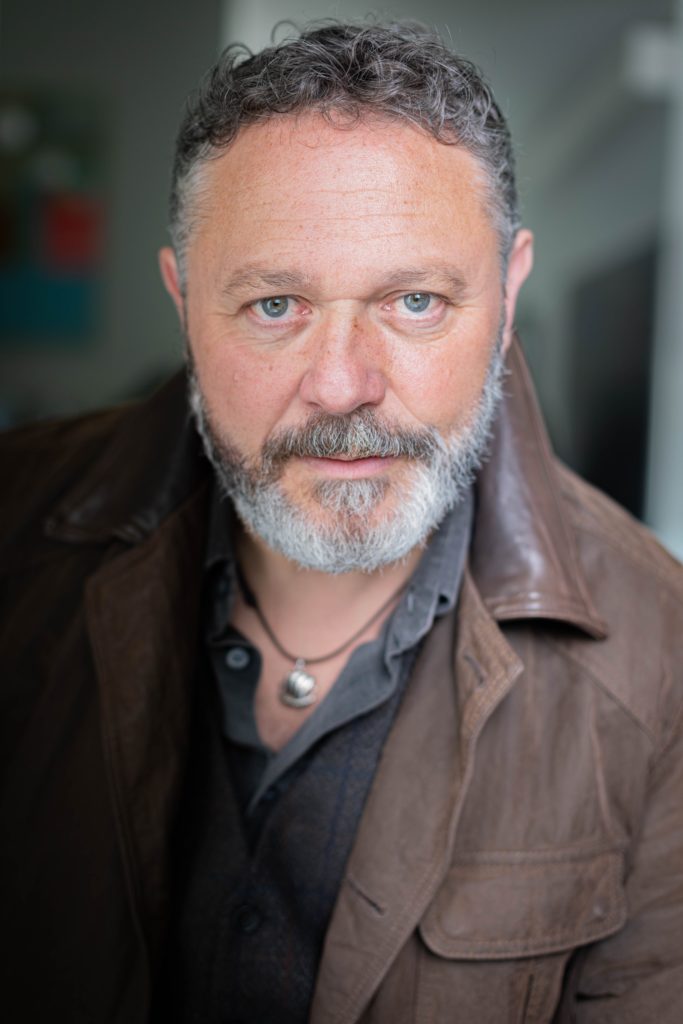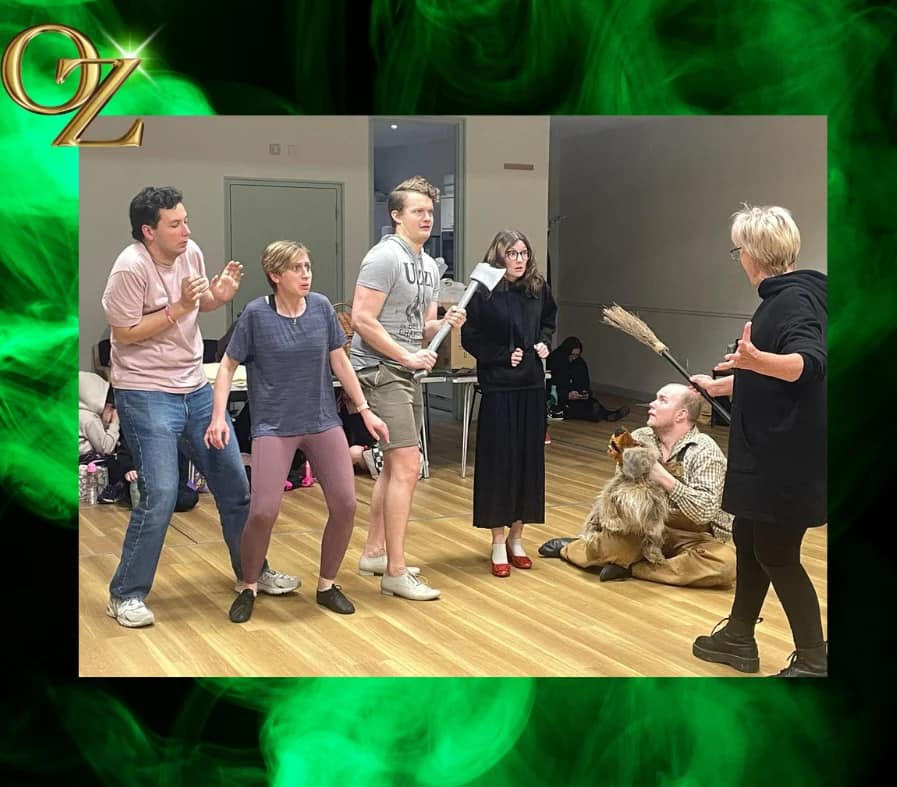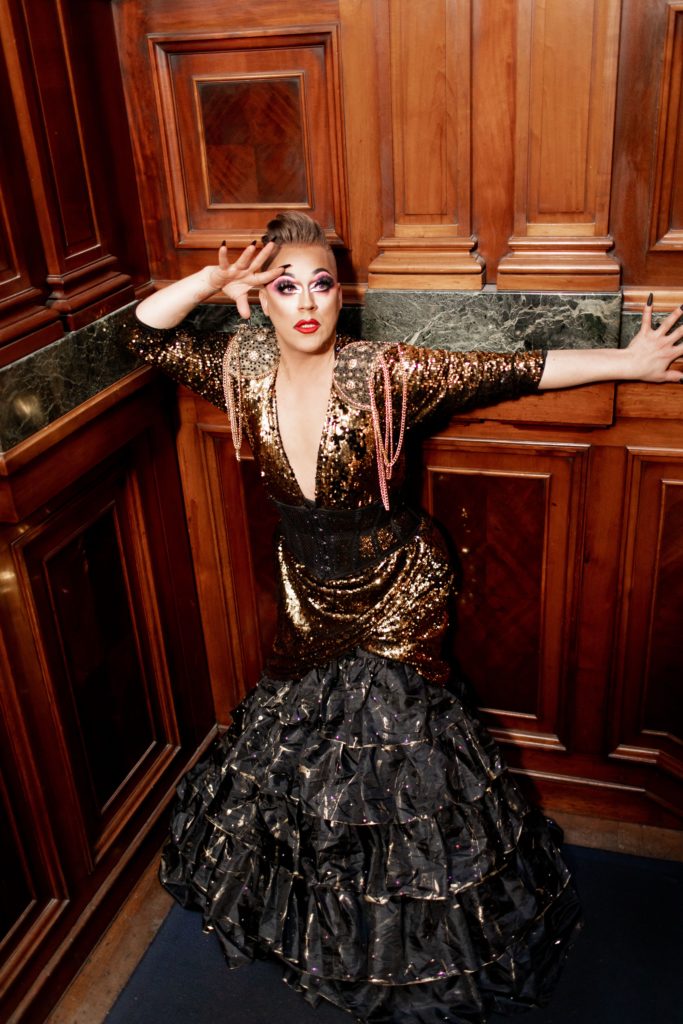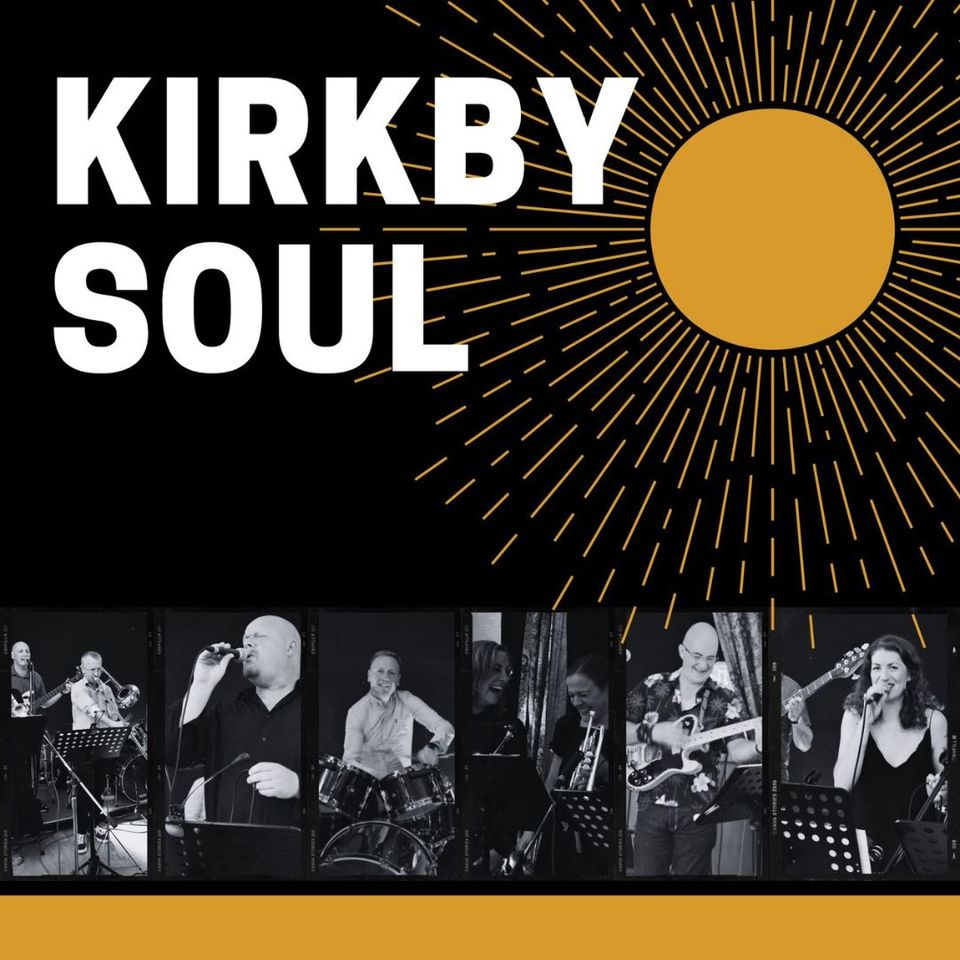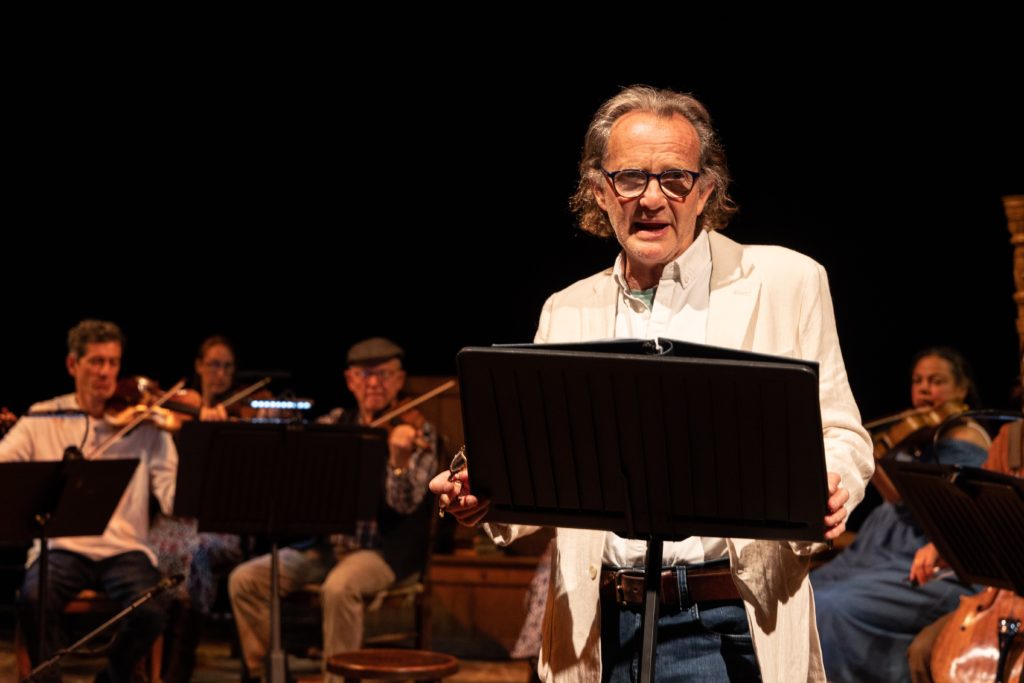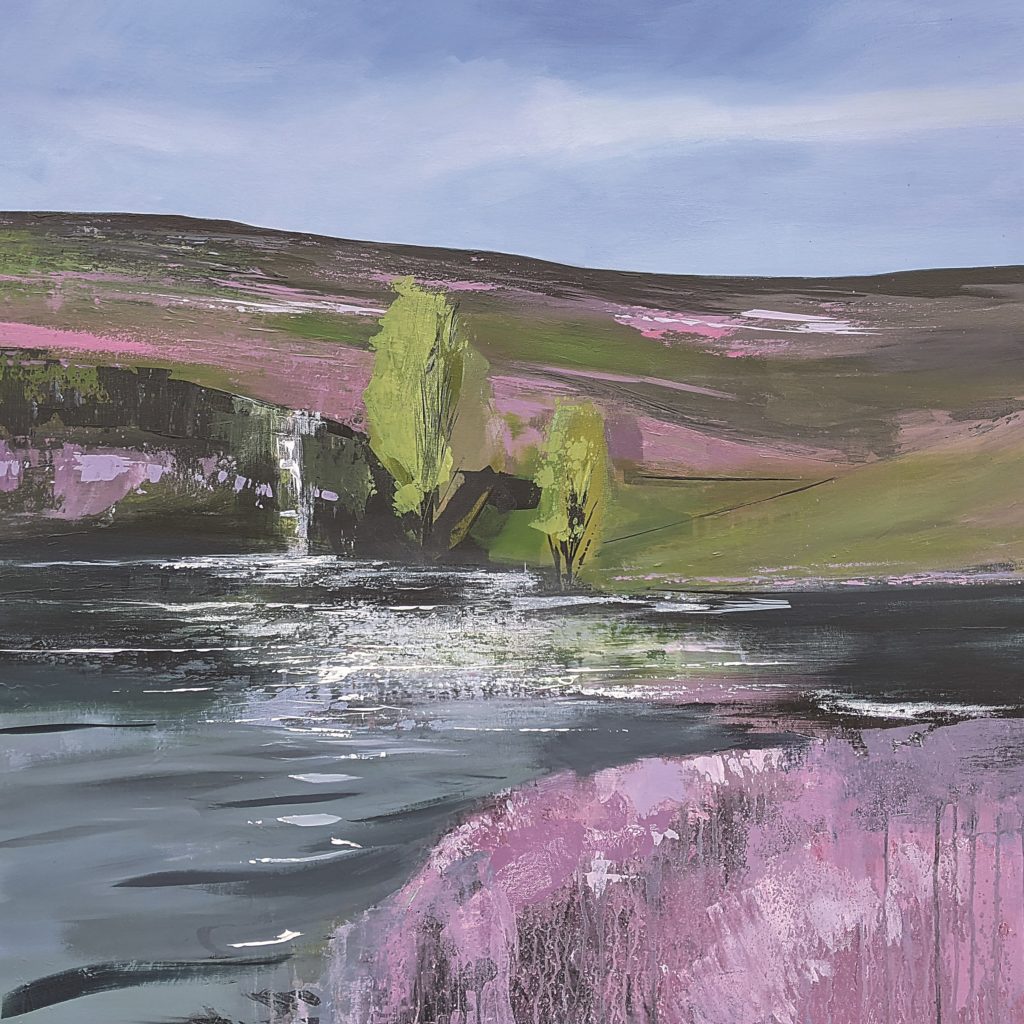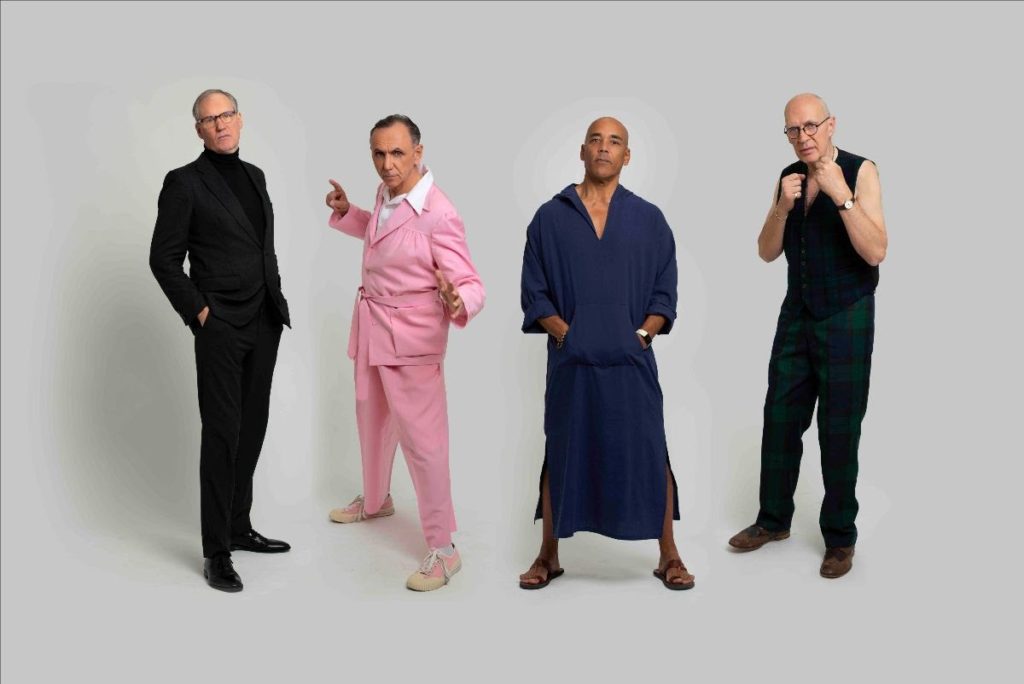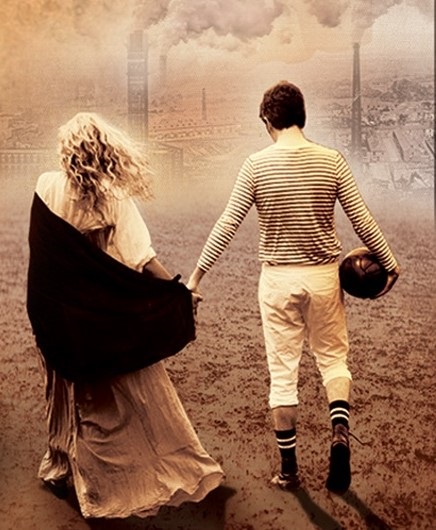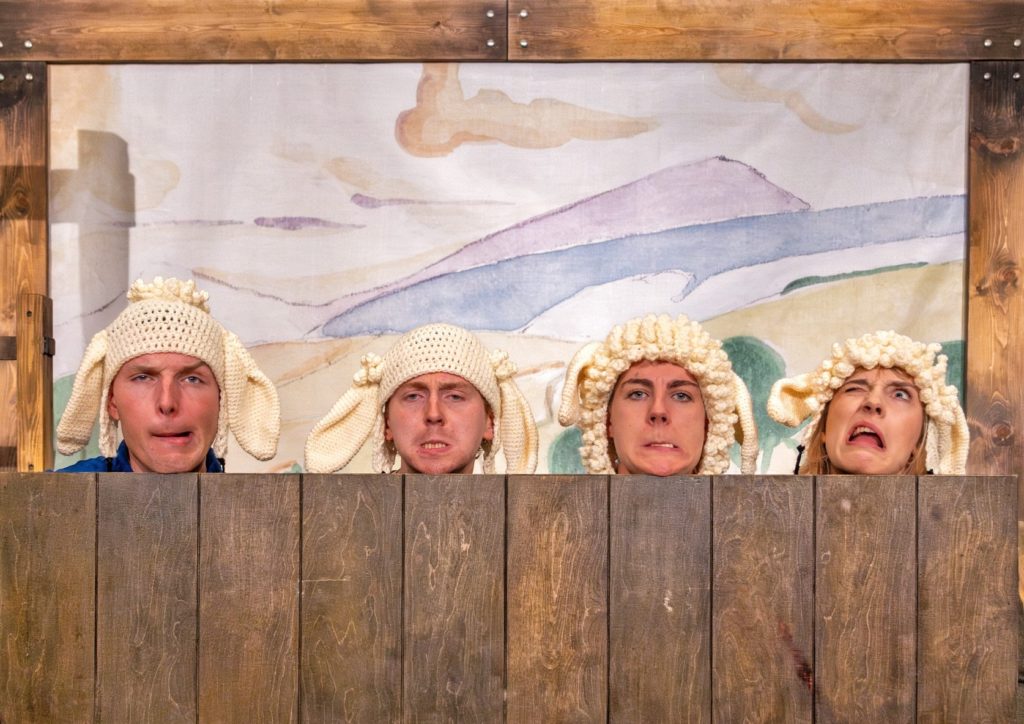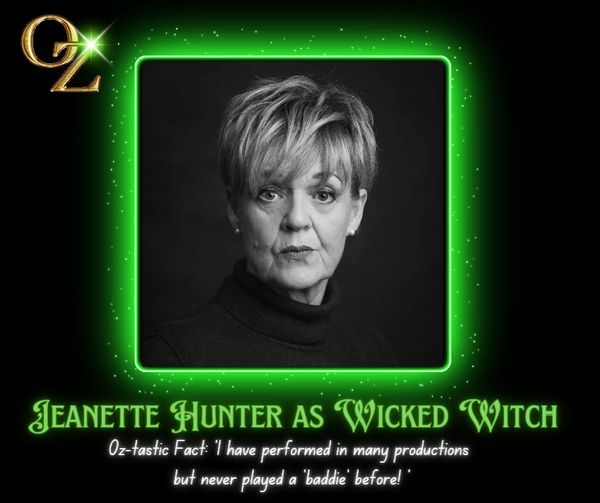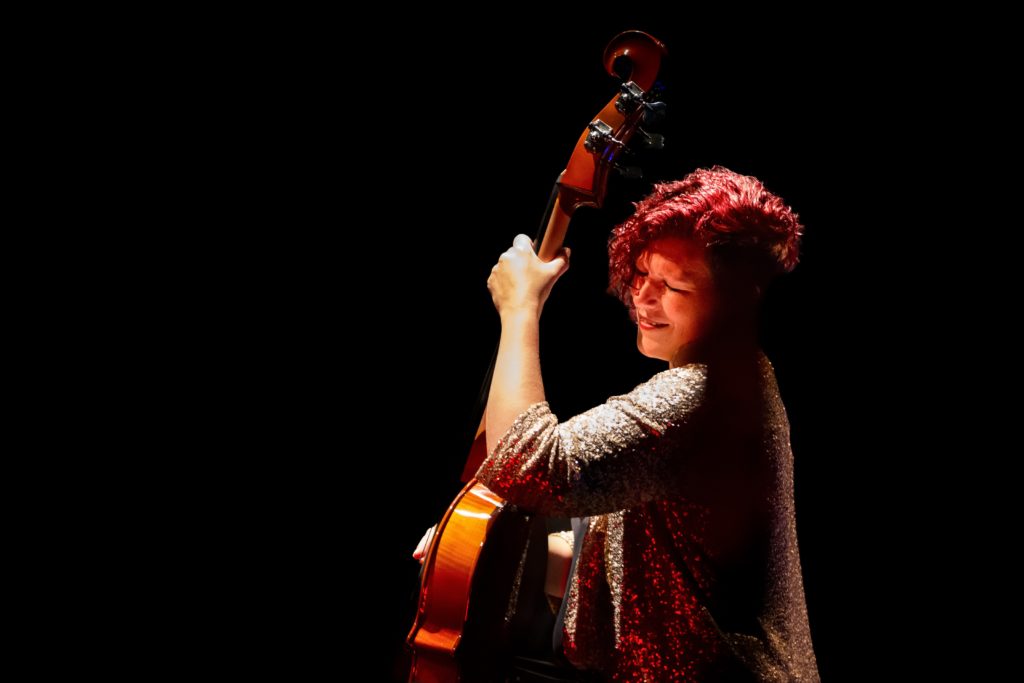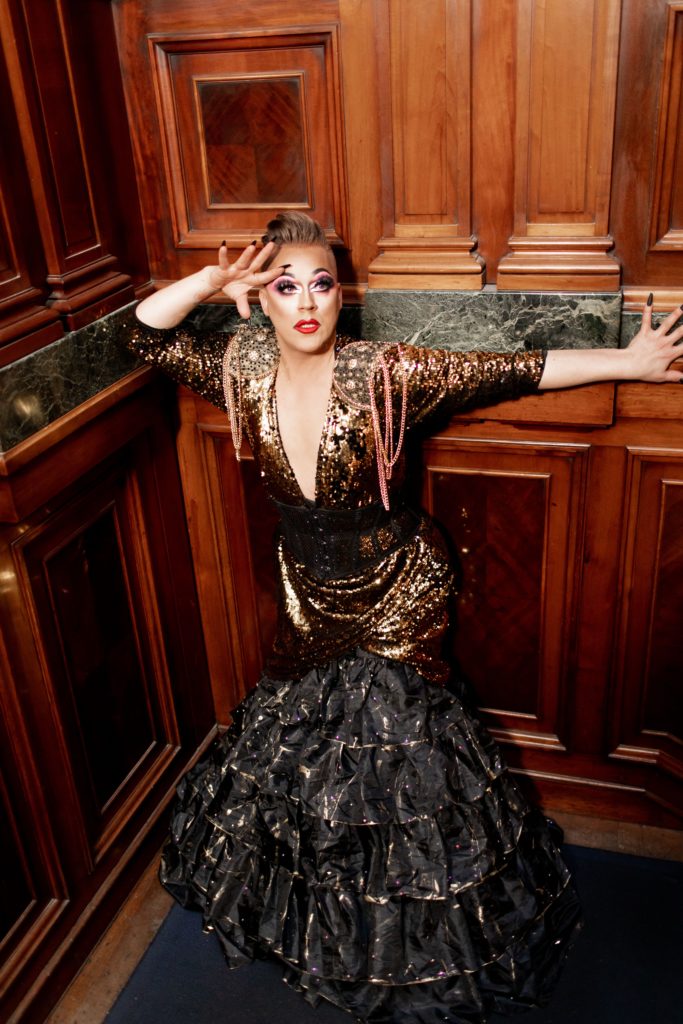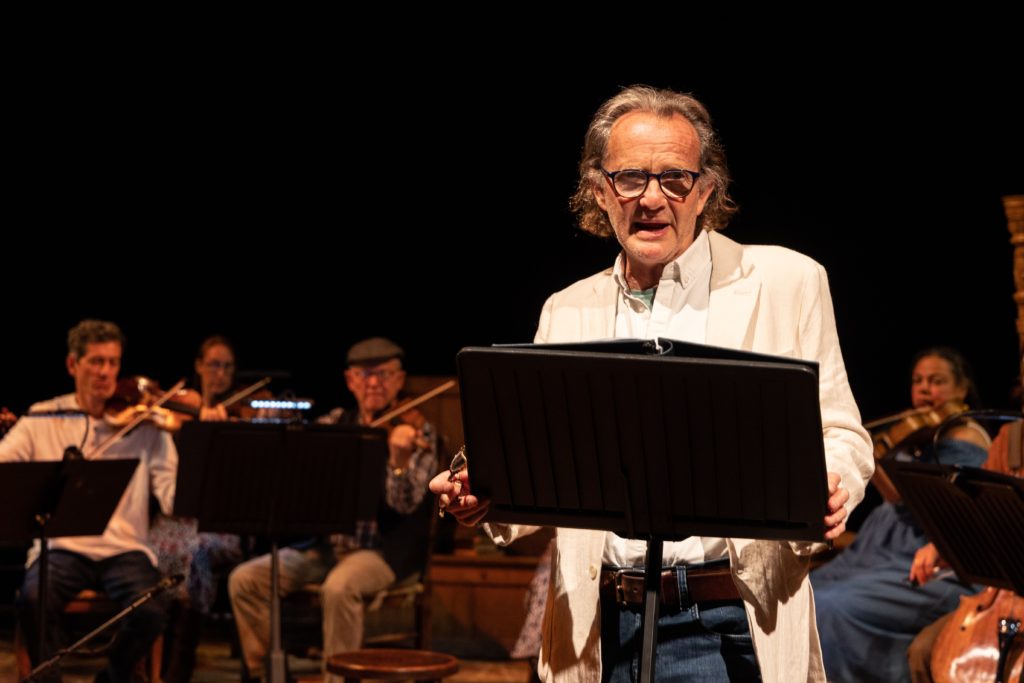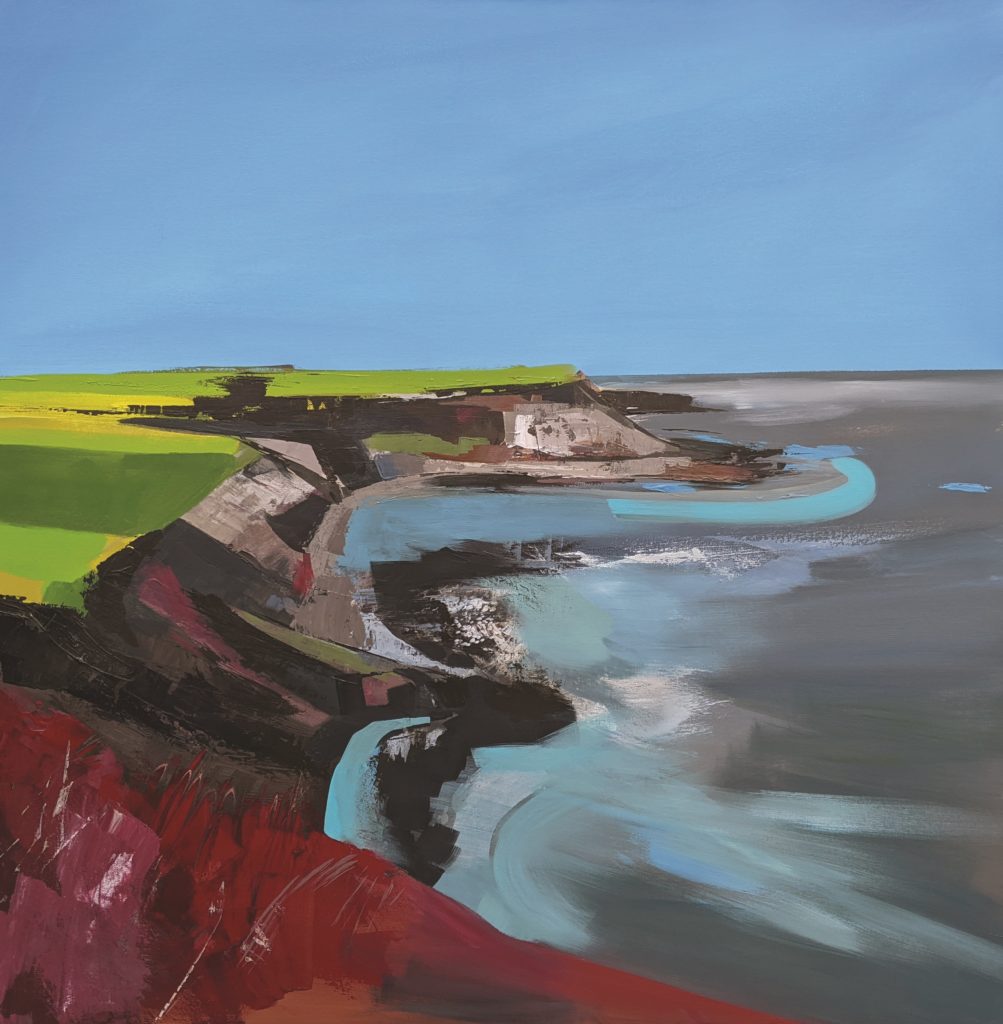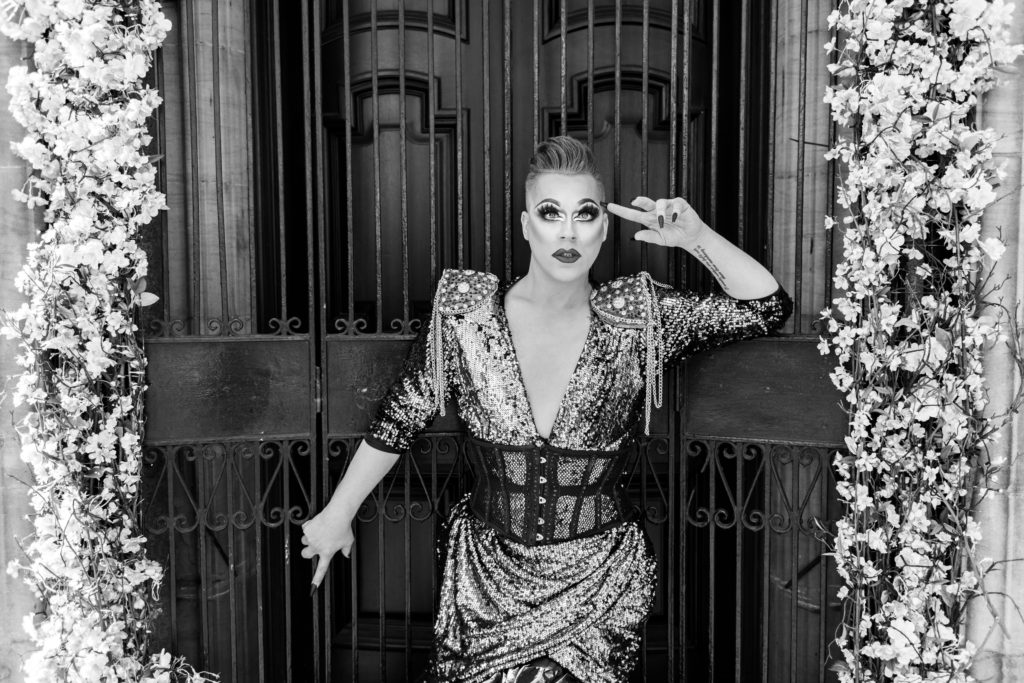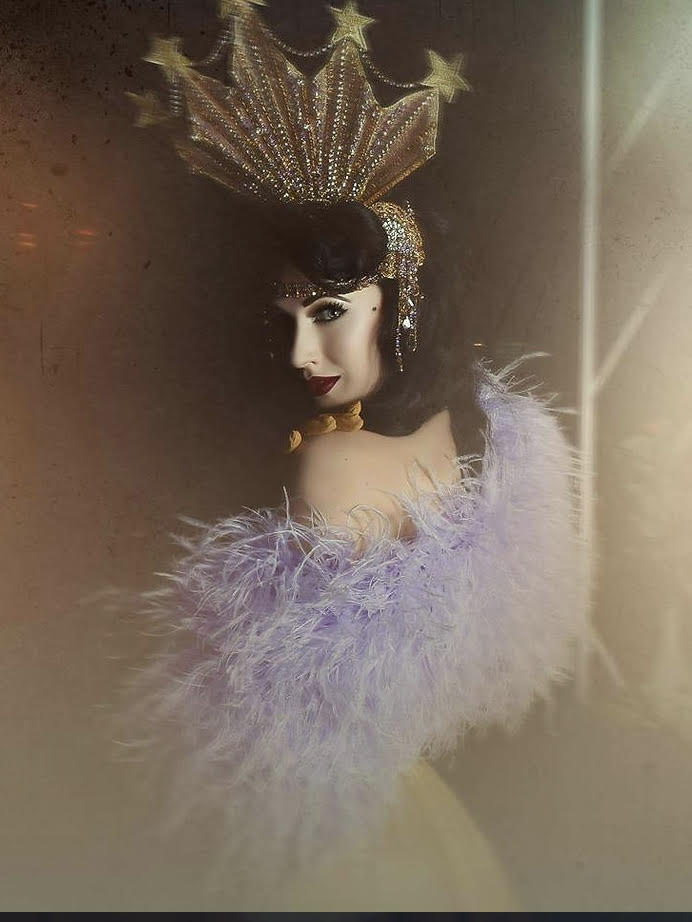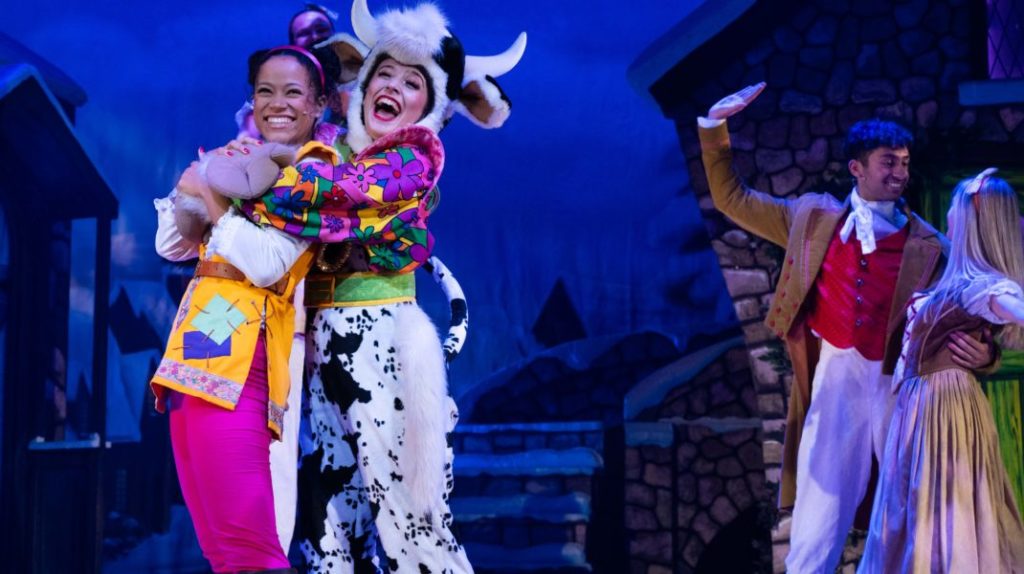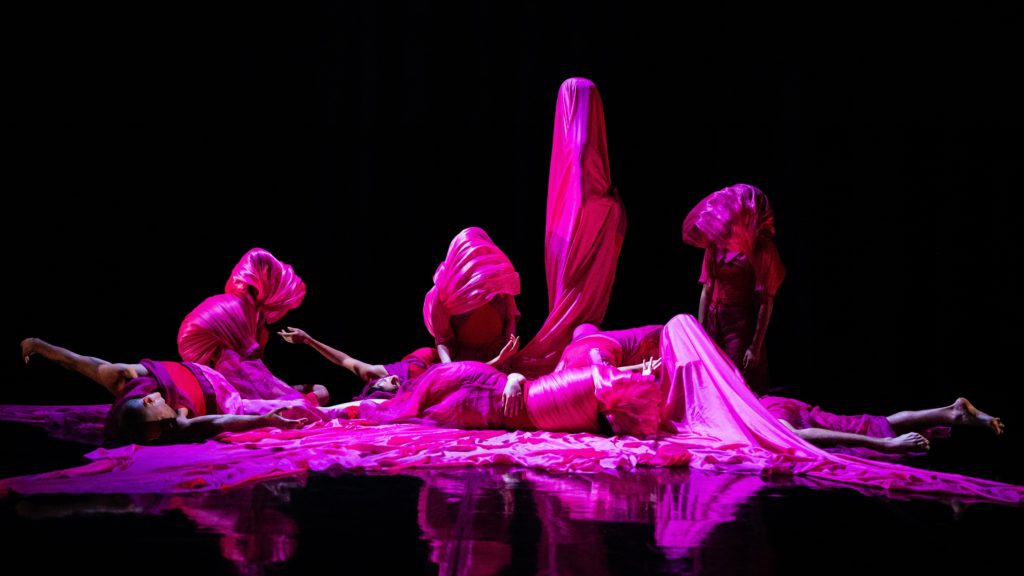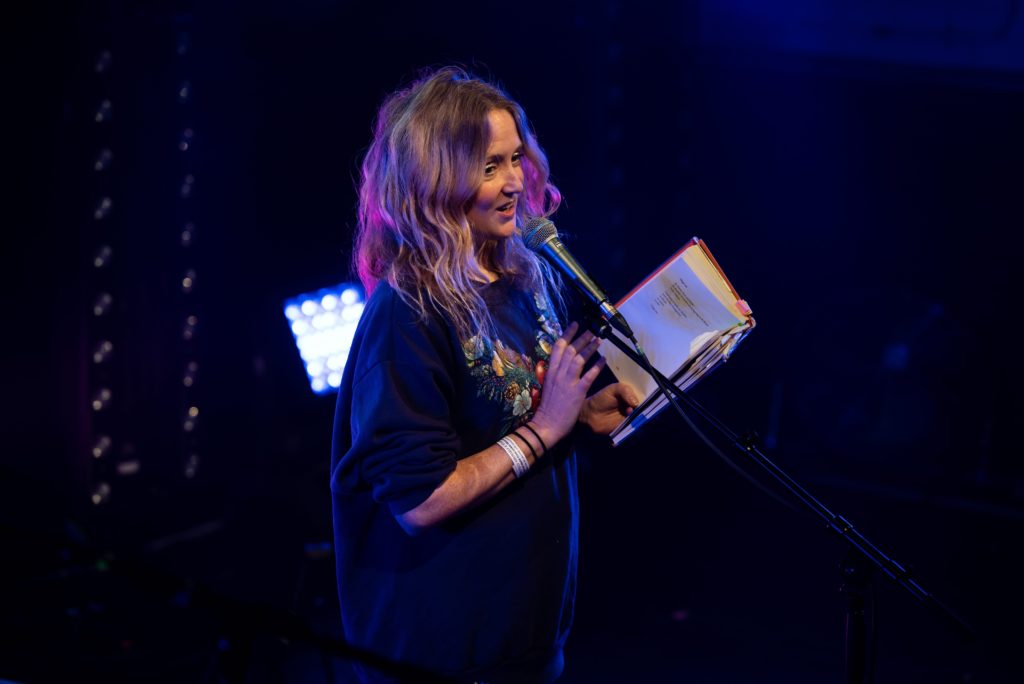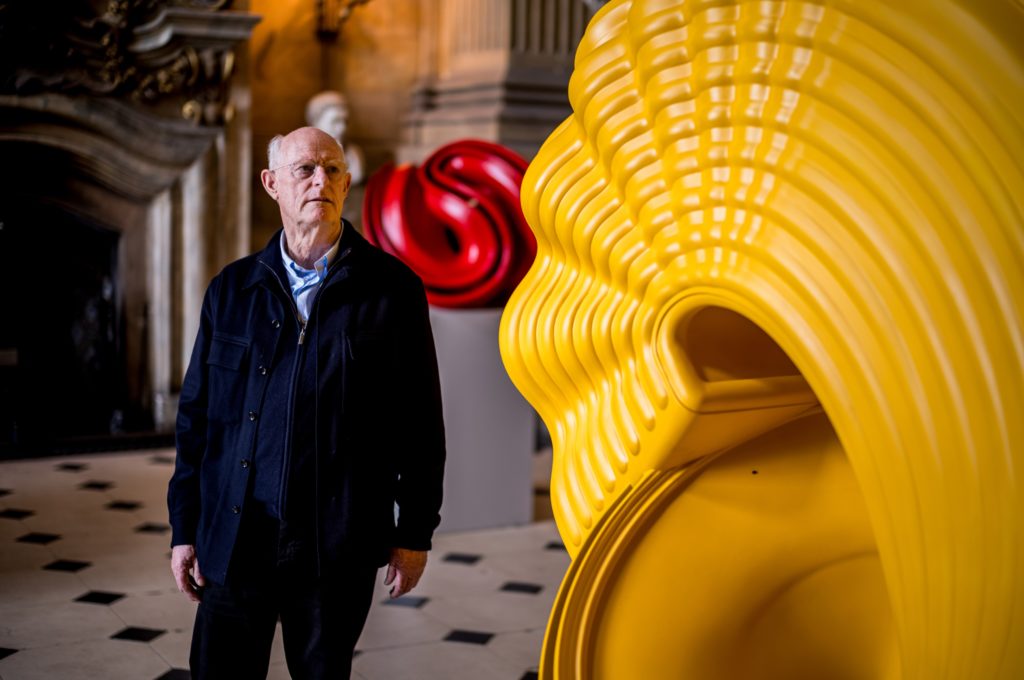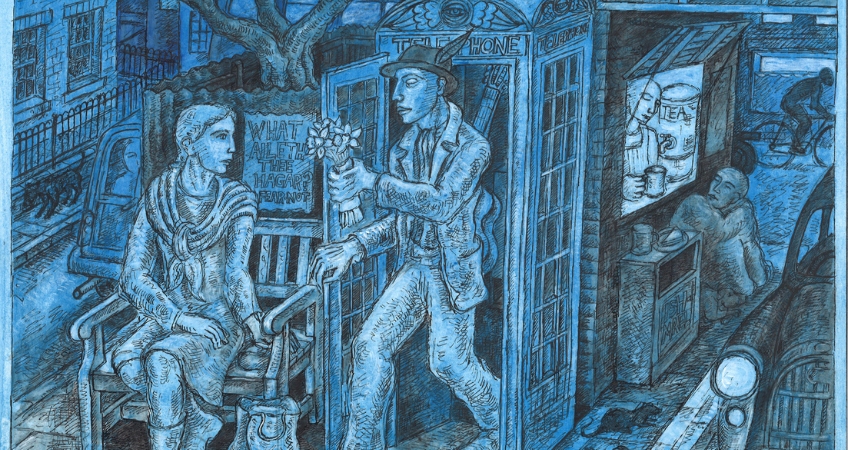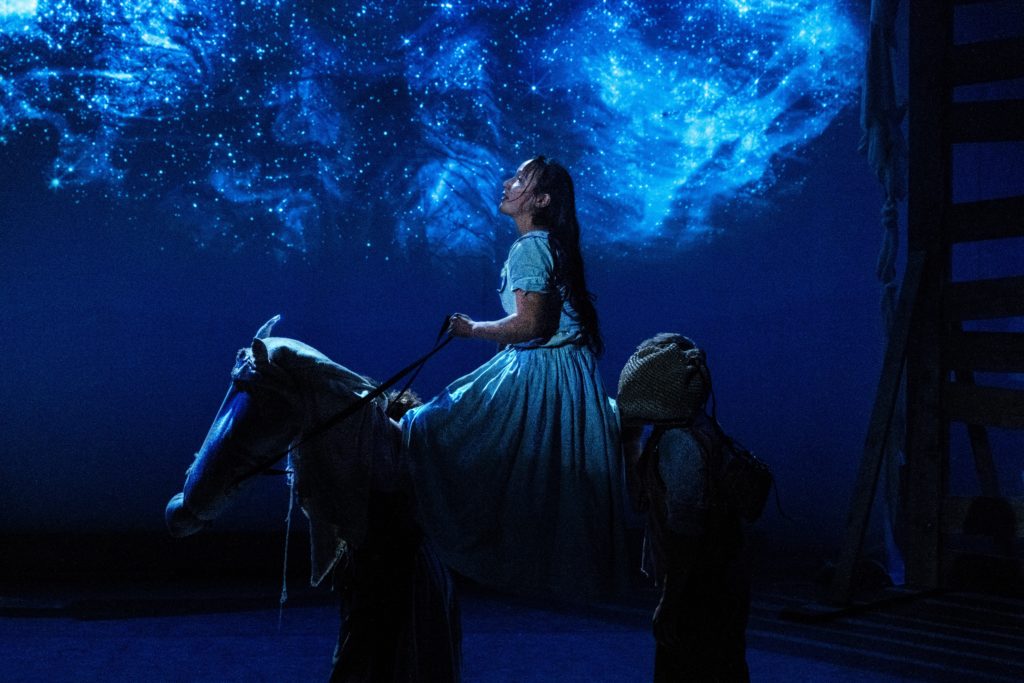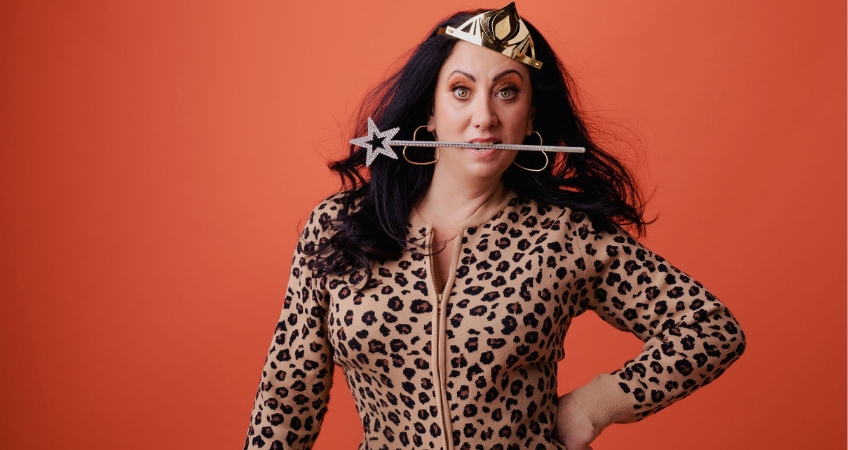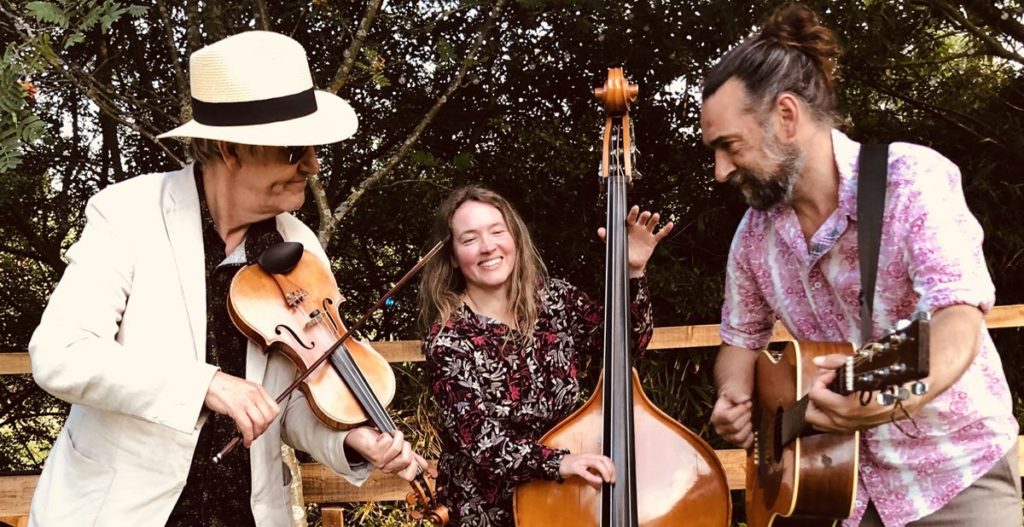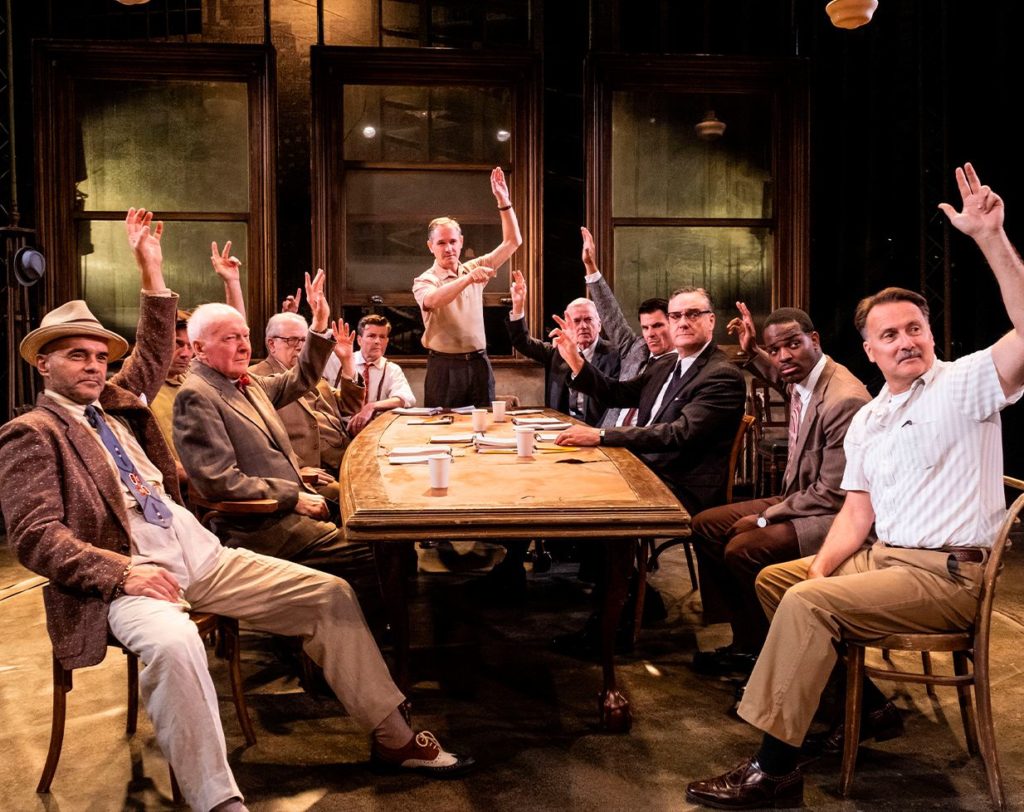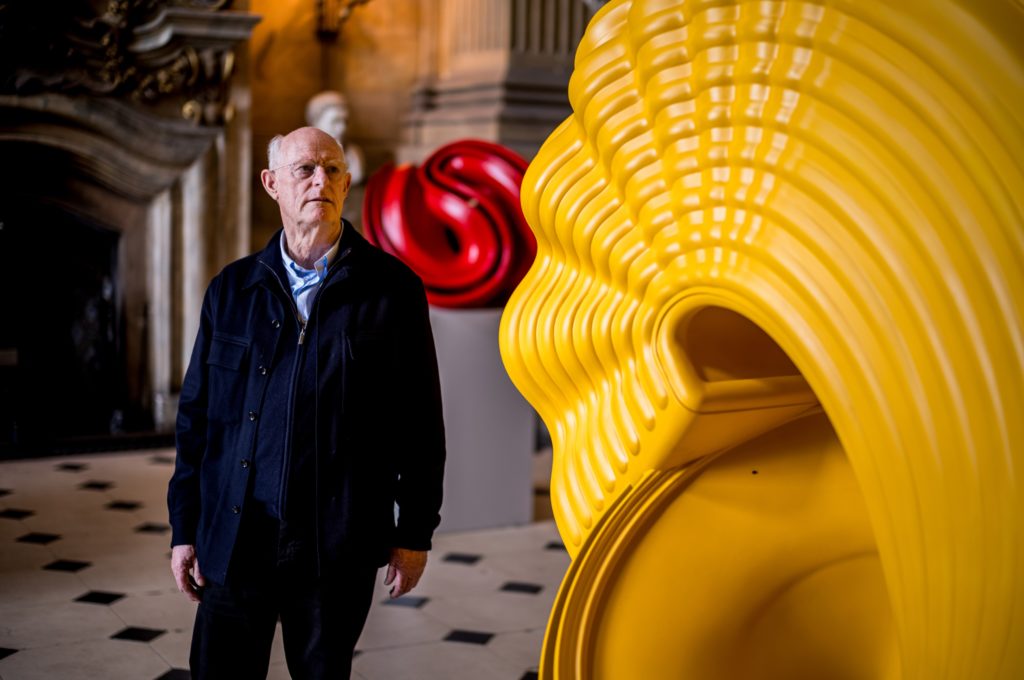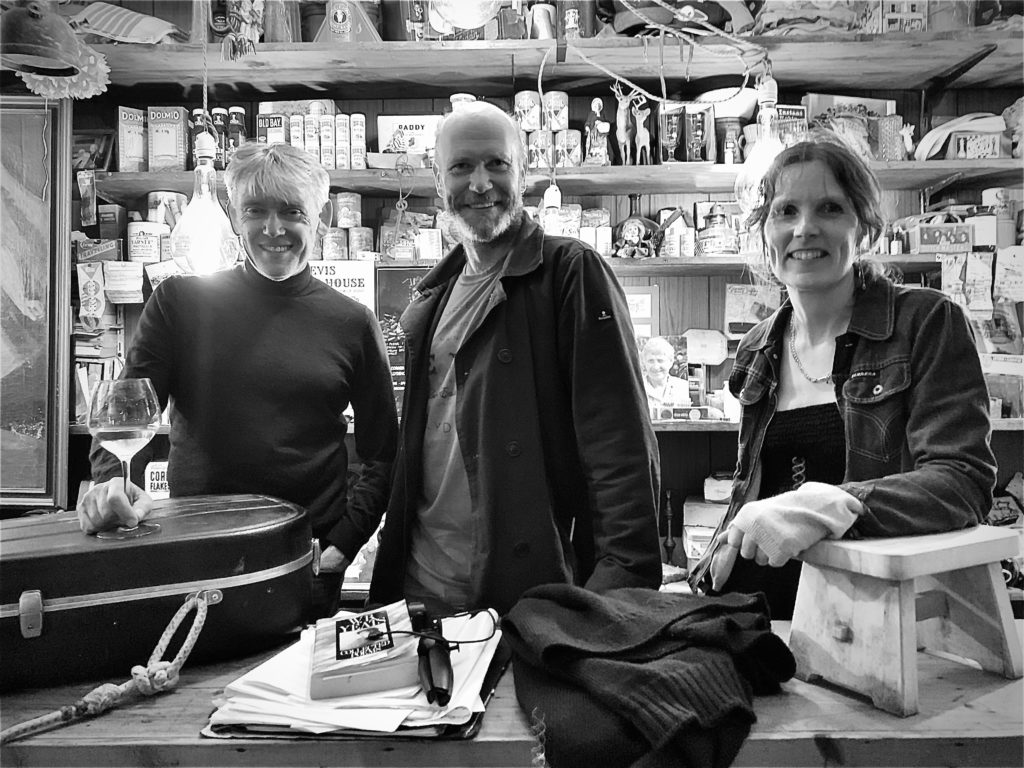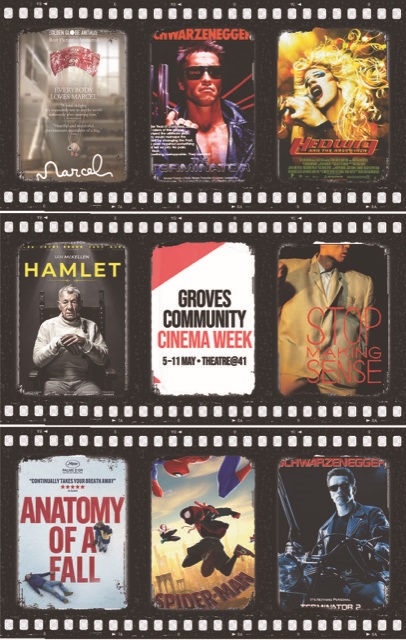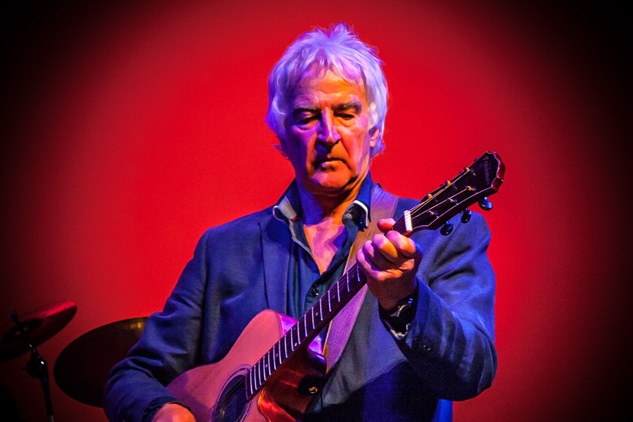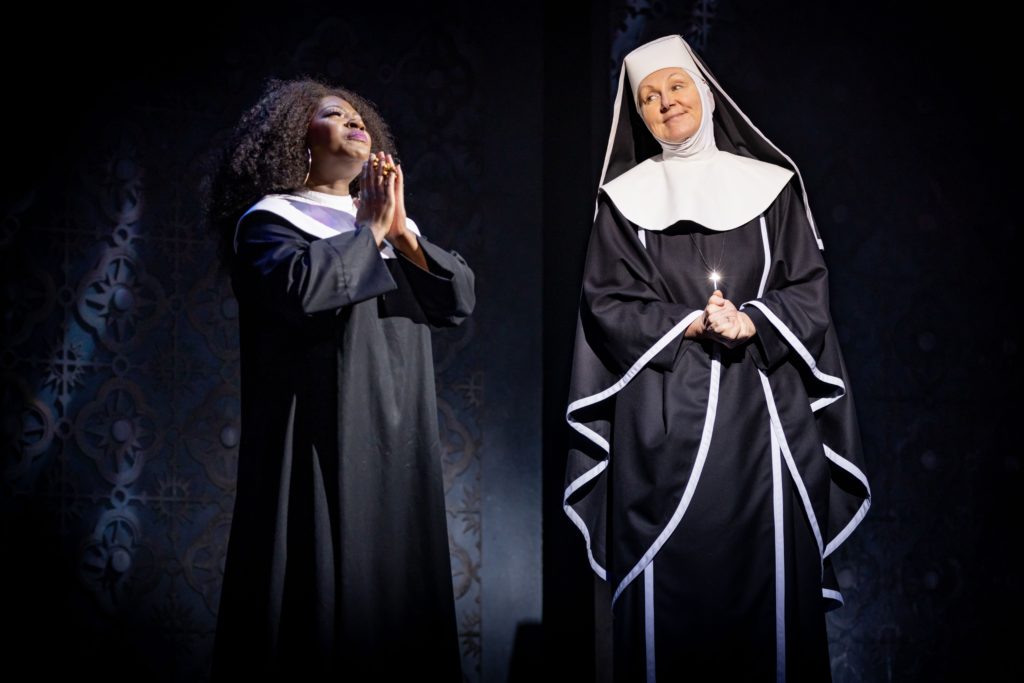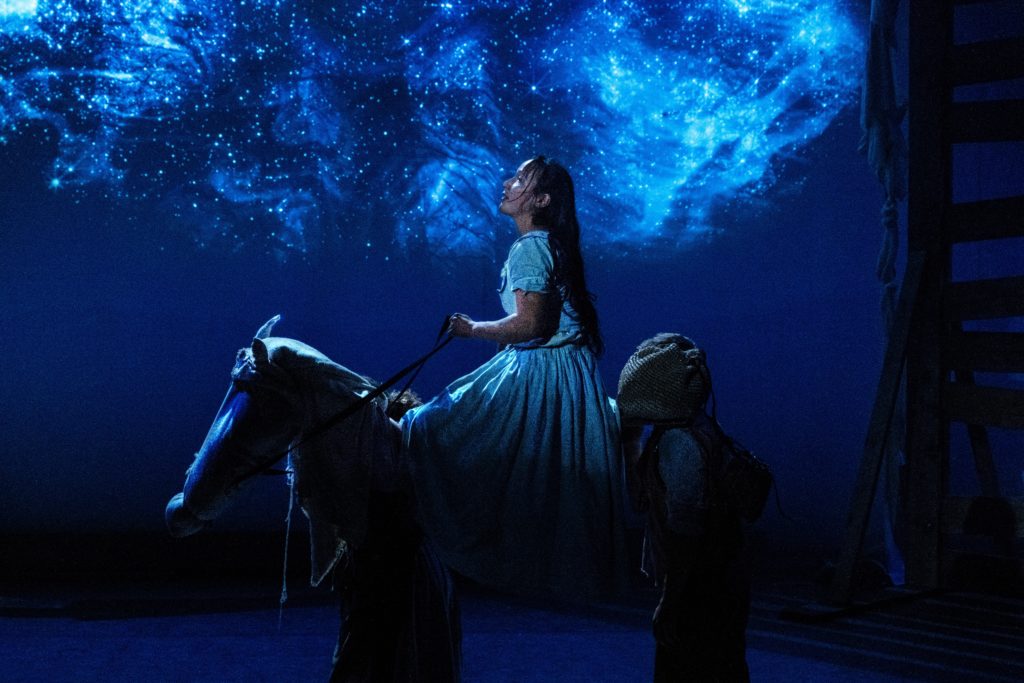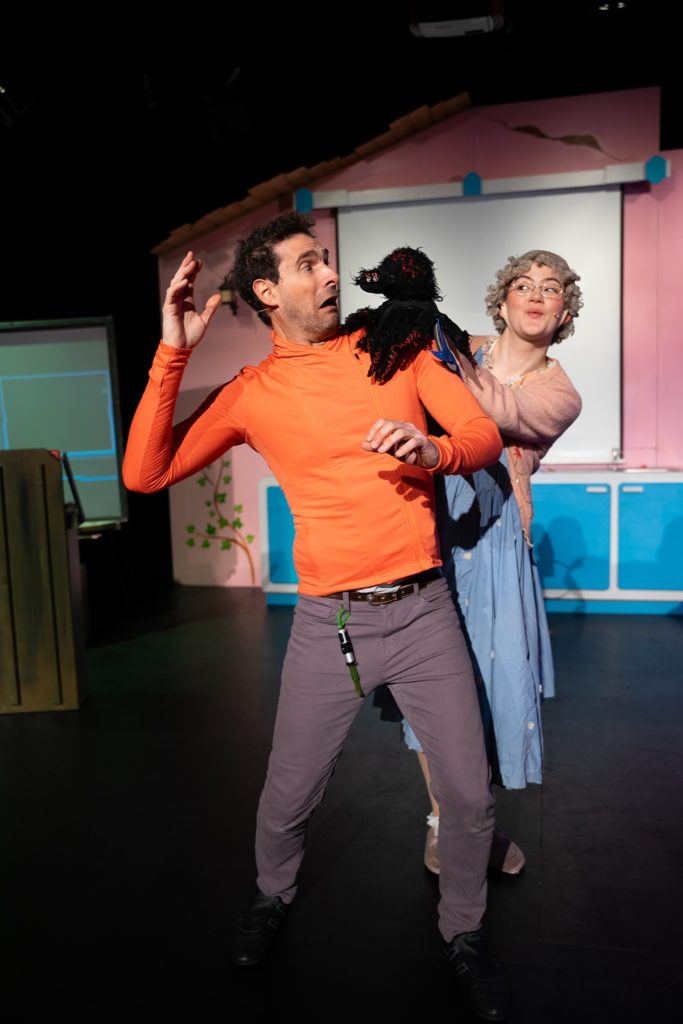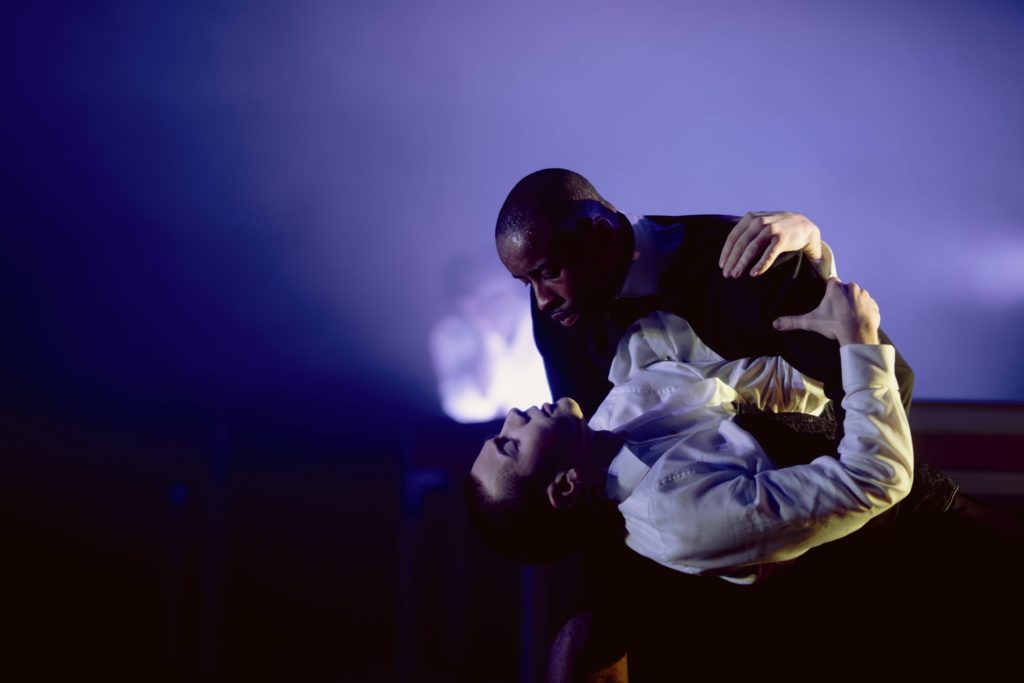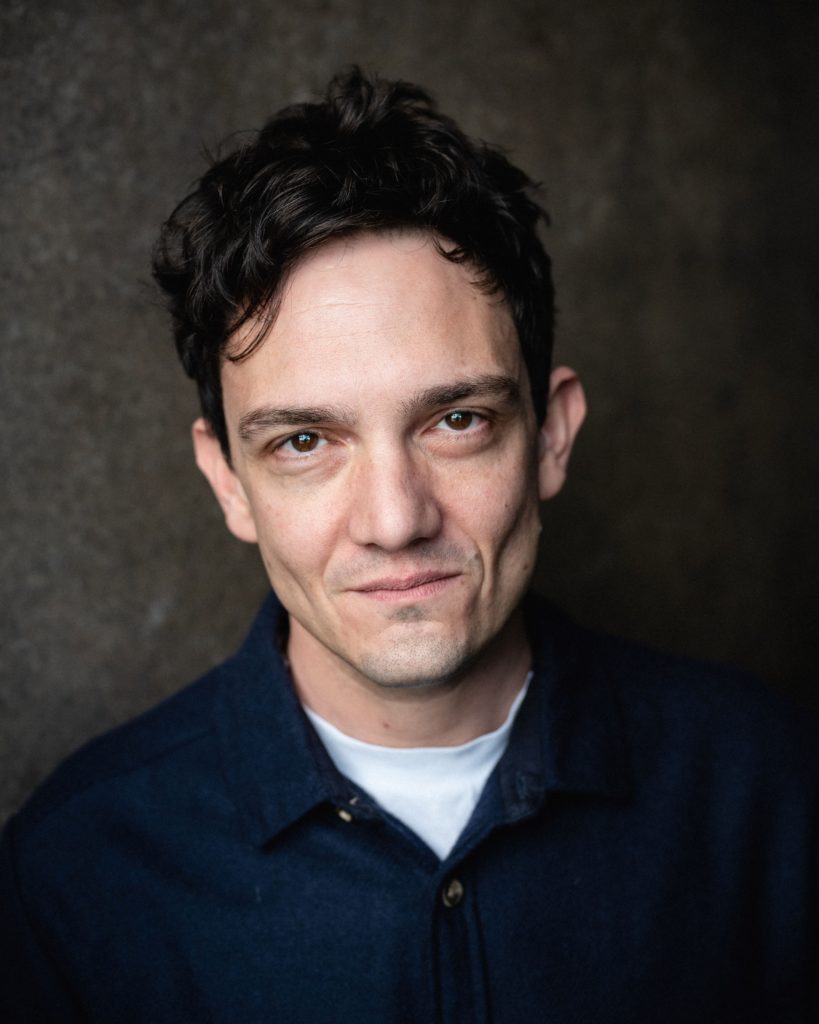
OCTOBER 1839. The Pequot is soon to sail out of Nantucket and her skipper, one Captain Ahab, needs a crew in Simple8’s production of Moby Dick, on tour at York Theatre Royal from June 6 to 8.
Seeking fortune and adventure, a humble schoolmaster named Ishmael ships aboard, joining a company charged with one task: to wreak revenge in the hunt for the white whale that took Ahab’s leg – the infamous Moby Dick.
Combining theatrical flair and invention, Sebastian Armesto’s adaptation captures the spirit of Herman Melville’s novel – romantic, ambiguous and rich with allegory – for the award-winning Simple 8, specialists in creating worlds out of nothing in bold new plays that tackle big ideas with large casts.
Complete with sea shanties played live on stage, planks of wood, tattered sheets and a battered assortment of musical instruments, the ensemble of actors and actor-musicians brings Moby Dick ingeniously to life.
Guy Rhys plays Captain Ahab, joined by Mark Arends (Ishmael), Jonathan Charles (ensemble), Hannah Emanuel (Starbuck), Syreeta Kumar (Manx), Hazel Monaghan (ensemble), James Newton (Flask), William Pennington (Stubb) and Tom Swale (Queequeg).
“It is a great pleasure to bring together this supremely talented ensemble of performers,” says director Jesse Jones. “Together, as a company we will conjure the world of the play using their musical ability, dynamic physicality and powerhouse performances to breathe life into this poignant yet playful production.”
Simple8, in association with Royal & Derngate, Northampton, present Moby Dick, York Theatre Royal, June 6 to 8, 7.30pm plus 2.30pm Saturday matinee. Box office: 01904 623568 or yorktheatreroyal.co.uk.
In focus: Guy Rhys on playing Captain Ahab
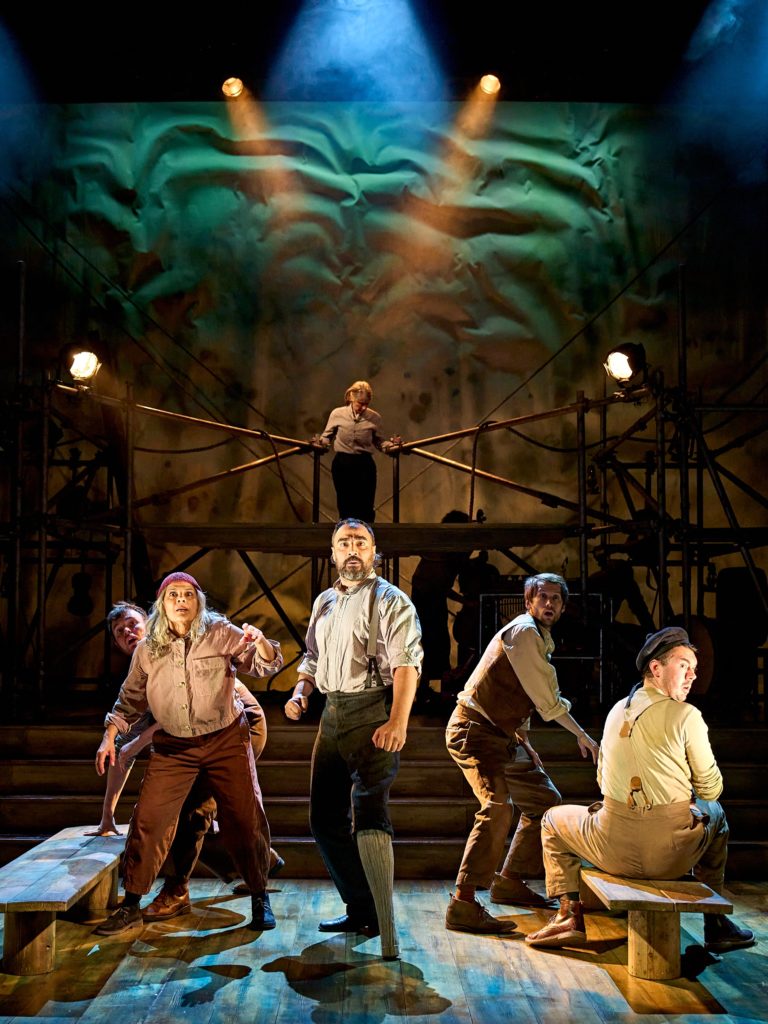
SOMETIMES, as he makes his first appearance on stage in Moby Dick, Guy Rhys becomes aware that heads are turning in the front row as audience members wonder, “Is it real?”
The ‘it’ is Captain Ahab’s peg leg, a legacy of the seaman’s brush with a mighty whale – the Moby Dick of the title – that the vengeful Ahab is determined to hunt down and kill.
The answer is that the leg is fashioned from one of Guy’s old prosthetics to resemble Captain Ahab’s whalebone peg leg. The leg previously made an appearance, wrapped in leather, when the actor played a one-legged pirate.
Guy, who was born with a leg deformity that led to amputation when he was eight, does not consider himself a disabled actor and has only shown his prosthetic leg in four shows.
Those roles included Hercules . “I’d just got this brand-new blade and thought I’d show it off. I thought it would make Hercules look cool,” he says.
“The lack of a leg hasn’t been an issue as an actor. I only show the prosthetic when it’s suitable for the show. It’s got to be right. If you’re playing a pirate in Peter Pan, why not use the prosthetic? And obviously if you’re playing Captain Ahab, you’ve got to use it.
“One of my prosthetics has been redesigned as a peg leg. It looks great and the noise that my right leg and left peg leg make on the wooden boards has been put into the music. The musical director, Jonathan Charles, has mimicked the sound I make walking as Ahab and turned it into a sound bite.”
Simple8’s production of Moby Dick is very physical, and consequently the peg leg can become uncomfortable. Guy makes what he calls ‘pit stops’, when he leaves the stage to pull off the prosthetic for a few seconds to stop his leg swelling up. “I wouldn’t spend a day on that peg leg,” he says.
He does not know if the producers were looking specifically for an amputee for the part of Ahab but sees such casting as being in the spirit of a show that does not hide anything. There is no trickery. Everything is real, everything is done on stage with no hiding as Ahab and his crew hunt the whale that cost him his leg. Sea shanties are sung live; Ahab’s boat, the Pequot, is built before the audience’s eyes.
Guy was already well acquainted with Melville’s story because John Huston’s 1956 film version is one of his favourite films. “I’m an amputee so Captain Ahab is a bit of a legend to me,” he says.
“This stage version is like the film – action-packed. The 850 pages of the book are down to 63 pages in this version by Sebastian Armesto. It has really interesting spectacle and is really quite punchy.”
Moby Dick marks Guy’s first visit to York Theatre Royal in a career taking in roles in everything from Macbeth to Grimm Tales, from Much Ado About Nothing to Mother Courage. Yet acting was not always a goal. He was washing dishes for a living when theatre first entered his life and he “needed something to do on a Monday night”.
This turned out to be a theatre group that more or less took over his life. “I ended up virtually living in the theatre, going to Russia and meeting Peter Brook,” he says, referring to the great director.
Then Guy decided to go to drama school but lacked the necessary finance. His path instead took him to managing a Blockbuster Video shop.
“I watched films, read plays, went to art galleries and finally applied to the Drama Centre in 1997,” he says. “They offered me a place on the spot and I got three scholarships. The past has been a rollercoaster ride which is like every theatre career.”
